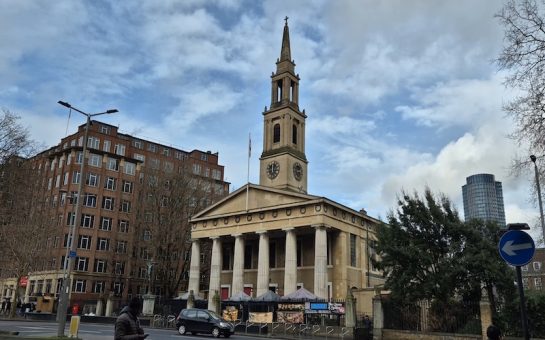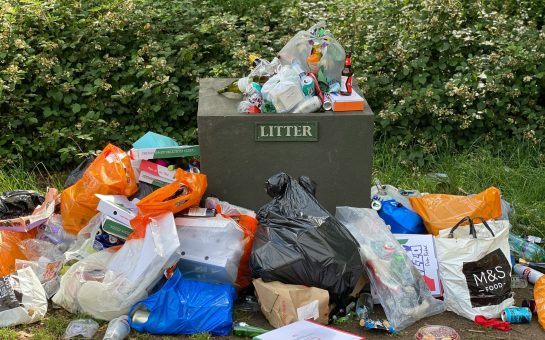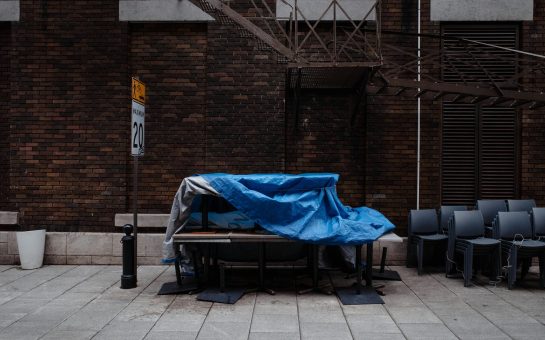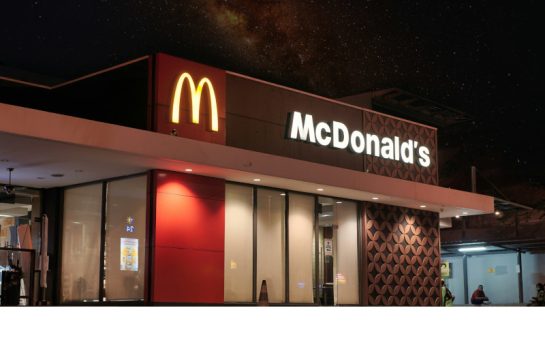Social housing could almost completely disappear in Kensington and Chelsea as the Conservatives extend their controversial right to buy scheme, according to a report from Shelter.
Shelter, the housing and homelessness charity who authored the report The Forced Council Home Sell-Off, have publicly called on the government to abandon the proposal.
The lack of affordable housing has become a political hot potato, with London mayoral candidate Sadiq Khan making ‘London living rents’ a key campaigning policy.
Shelter claims that the extension of the right to buy scheme will add to existing pressures, expecially in areas with high housing costs – forcing out lower income families.
The report states: “Vulnerable families on council waiting lists face longer waiting times. House building programmes of tens of thousands of homes are likely to be put on hold or scrapped entirely.”
Although the government is yet to confirm details of the proposal, it has been reported that the threshold would be set at £340,000 for a one bedroom home in London.
Any properties over this valuation would have to be sold as soon as they were vacated.
Five local authorities named by Shelter as among the top twenty areas in the UK that will be forced to sell the most homes are in south west London.
Kensington and Chelsea are third, with 6,643 homes liable for forced sale (97.1% of total housing stock), along with Hammersmith and Fulham, Wandsworth and Lambeth.
The report does, however, refer to analysis by estate agent Savills, who place the figure at 4,369, around 60% of Kensington and Chelsea’s total homes.
In April the director of Savills residential research, Susan Emmett, said: “There is no certainty that receipts from sales of local authority homes would be as high as projected.”
Shelter’s report estimates a shortfall of £2.45billion between the value of council housing sold and the cost of proposals set to be funded by the sale, which also includes a brownfield decontamination fund.
A Department for Communities and Local Government (DCLG) spokesman said: “3,054 additional homes sold in the first year of the scheme are already being replaced on a one-for-one basis nationally.”
While the DCLG’s claim that the scheme had ‘created nearly 40,000 new homeowners in the last 3 years’ is impressive, the admission that only 3,644 replacements have been made or are in progress across those three years means that only one in nine has been replaced.
A report in InsideHousing puts the replacement of social housing stocks even lower. Local authorities in London have sold 9,225 homes since April 2012.
Only 689 starts on site have been made in the capital, which equates to one replacement for every thirteen homes sold.
Aside from the difficulty of replacing the sold properties at a pace to match demand, the report highlights several other issues with the scheme.
The enforced sale of council’s most valuable properties will ‘make housing associations a greater credit risk because it will undermine the value of their existing assets’.
This will, in turn, hamper their ability to borrow in order to build replacement homes.
The impact, however, is wider than on the availability of council housing. As a result of the forcible removal of people from low-income households from these boroughs, greater pressure is exerted upon public services, such as education and health, in the areas they move to.
Three separate south west London areas are listed among the top twenty destinations of these internal migrants. Croydon received a total of 26,290 internal migrants between 2001 and 2011.
As a result, the number of primary school children in Croydon is projected to increase by 29% between May 2010 and September 2016, almost double the national average of 17%.




